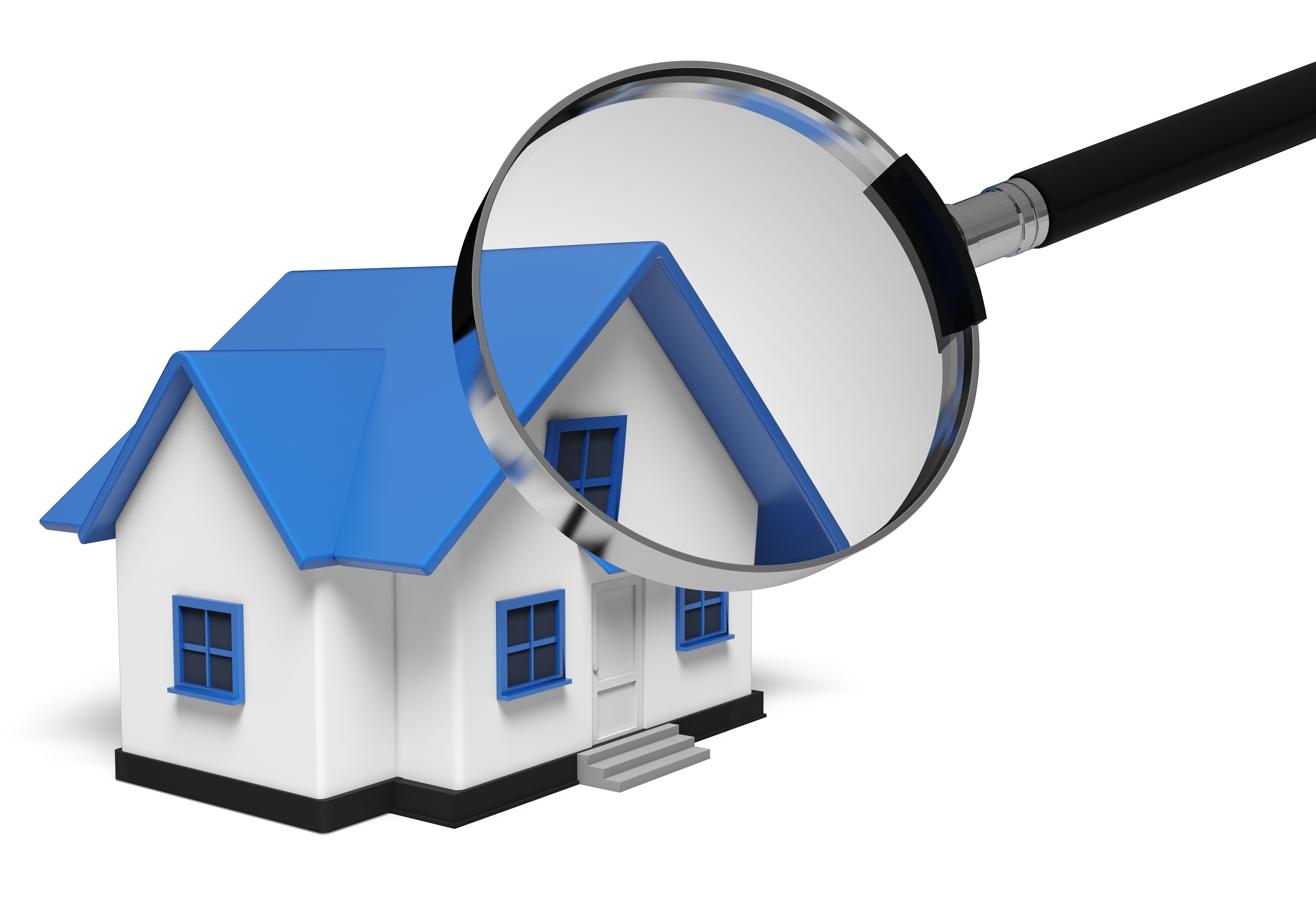
What Are the Parts of an Appraisal?Purchasing a house is the largest investment most could ever consider. Whether it's where you raise your family, a seasonal vacation property or an investment, the purchase of real property is a detailed financial transaction that requires multiple people working in concert to pull it all off. It's likely you are familiar with the parties taking part in the transaction. The most known face in the exchange is the real estate agent. Then, the bank provides the money necessary to bankroll the transaction. And ensuring all requirements of the sale are completed and that a clear title passes to the buyer from the seller is the title company. So, who makes sure the real estate is worth the amount being paid? This is where you meet the appraiser. We provide an unbiased opinion of what a buyer could expect to pay — or a seller receive — for a property, where both buyer and seller are informed parties. A licensed, certified, professional appraiser from Pacific Valuations will ensure, you as an interested party, are informed. The inspection is where an appraisal startsOur first duty at Pacific Valuations is to inspect the property to determine its true status. We must see features first hand, such as the number of bedrooms and bathrooms, the location, living areas, etc, to ensure they truly exist and are in the shape a typical person would expect them to be. To make sure the stated size of the property is accurate and convey the layout of the home, the inspection often includes creating a sketch of the floorplan. Most importantly, the appraiser identifies any obvious features - or defects - that would have an impact on the value of the property. Back at the office, an appraiser uses two or three approaches to determining the value of the property: sales comparison and, in the case of a rental property, an income approach. 
Replacement CostHere, the appraiser pulls information on local building costs, labor rates and other elements to derive how much it would cost to replace the property being appraised. This estimate usually sets the upper limit on what a property would sell for. The cost approach is also the least used method. 
Analyzing Comparable SalesAppraisers become very familiar with the neighborhoods in which they appraise. They thoroughly understand the value of specific features to the residents of that area. Then, the appraiser looks up recent transactions in the neighborhood and finds properties which are 'comparable' to the property being appraised. By assigning a dollar value to certain items such as fireplaces, room layout, appliance upgrades, additional bathrooms or bedrooms, or quality of construction, we adjust the comparable properties so that they more accurately match the features of subject property.
After all differences have been accounted for, the appraiser reconciles the adjusted sales prices of all the comps and then derives an opinion of what the subject could sell for. At Pacific Valuations, we are an authority when it comes to knowing the value of particular items in Oakland and Alameda County neighborhoods. The sales comparison approach to value is commonly given the most importance when an appraisal is for a home exchange. Valuation Using the Income ApproachIn the case of income producing properties - rental houses for example - we may use an additional approach to value. In this case, the amount of income the property produces is taken into consideration along with other rents in the area for comparable properties to give an indicator of the current value. The Bottom LineAnalyzing the data from all approaches, the appraiser is then ready to put down an estimated market value for the property in question. The estimate of value at the bottom of the appraisal report is not always what's being paid for the property even though it is likely the best indication of what a property is worth. It's not uncommon for prices to be driven up or down by extenuating circumstances like the motivation or urgency of a seller or 'bidding wars'. Regardless, the appraised value is typically employed as a guideline for lenders who don't want to loan a buyer more money than the property is actually worth. Here's what it all boils down to, an appraiser from Pacific Valuations will help you attain the most fair and balanced property value, so you can make wise real estate decisions. |